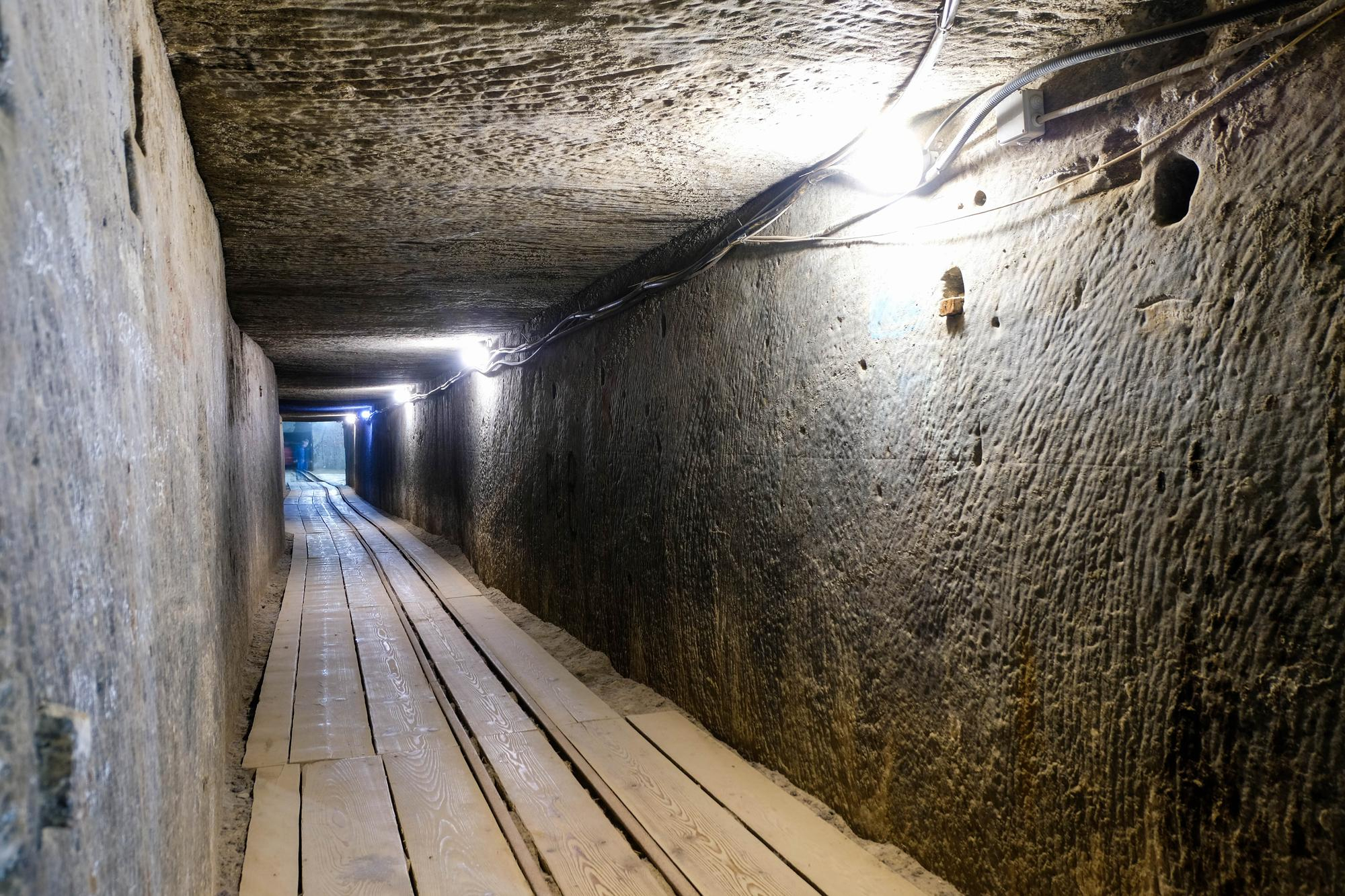Combining caliper, electromagnetic thickness (EMT), and cement bond log/variable density log (CBL/VDL) in a single trip gives operators a clear, fast snapshot of well integrity. The One‑Trip Advantage lets engineers cut rig time, lower costs, and speed decisions. It brings together internal geometry, wall thickness, and cement bond data in one run.
What Each Tool Does
Caliper Tools
Caliper tools, especially multi-finger types, measure internal casing diameter precisely. Weatherford’s Compact two‑arm caliper and SLB’s high‑resolution dual caliper use many arms or fingers to map inside surfaces. These tools pinpoint deformation, corrosion, or buildup in the casing. The Compact tool offers ±0.1 in accuracy; the dual caliper gives inner radius accuracy to 0.02 in (weatherford.com).
EMT Tools
Electromagnetic thickness tools measure actual wall thickness and detect corrosion outside the casing. Versa‑Line’s Magnetic Thickness Detector (MTD‑G) can assess multiple barriers through tubing. It uses pulsed eddy current to record composite decay signals for pipe condition evaluation.
CBL/VDL Tools
Cement bond logs and variable density logs evaluate how well cement bonds to casing and formation. Weatherford’s RADii cement‑bond tools (in various sizes and formats) generate both traditional CBL and VDL data, plus a cement map to spot channeling or voids.
Why Combine Them in One Trip?
Save Time and Cost
Running separate trips for each tool adds rig time and non‑productive time. Combining all three into a single run saves both.
Build Data Confidence
Each tool gives different insights. Caliper shows internal geometry, EMT reveals wall thickness, CBL/VDL shows cement condition. Together, they cover each other’s blind spots.
Boost Safety and Integrity Decisions
Operators get fast, reliable data. When tools run together, they confirm integrity before intervention or remediation. For example, combined tools detected casing separation post‑fracture that single tools would have missed. That allowed timely, confident actions.
Field-Proven Case
In a South Texas well, operators deployed ultrasonic, multisensor caliper, and cement‑bond tools in one string. They found casing separation of about 6 ft after fracturing. Caliper showed no wall, ultrasonic mapped wall loss, and CBL/VDL flagged cement anomalies. The combined data let the team act quickly.
How the One‑Trip Approach Works in Practice
- Plan Tool String Choose a multi‑finger or dual caliper, an EMT tool like MTD‑G, and a cement‑bond tool. Ensure they’re compatible and can fit in the same string.
- Deploy in One Run Run all tools in sequence. The caliper maps internal shape, EMT measures wall thickness, and CBL/VDL checks cement bond.
- Process and Cross‑Check Data Compare internal diameter, actual wall thickness, and cement quality. Look for mismatches or gaps.
- Make Decisions Fast Use integrated data to decide on remediation, pressure testing, or abandonment. You save a trip and make safer choices.
Tool Combinability in Action
- Weatherford SecureView combines ultrasonic, high‑resolution caliper, magnetic flux leakage, and cement‑bond tools in one string. It delivers 3D visualization in real time.
- Empire Wireline is the only North American independent provider offering caliper, EMT, and CBL in one trip. Their multi‑finger caliper (24–60 fingers) plus EMT tool gives full internal and external insight (empirewireline.com).
Benefits at a Glance
- Shorter rig time and lower costs.
- Faster, confident decisions.
- Better integrity assurance through redundant checking.
- Fewer safety risks from fewer tool runs.
- Real‑time or memory logging options improve flexibility.
FAQ
1. What is the One‑Trip Advantage? It’s the practice of running a caliper, EMT, and CBL/VDL tool together in a single trip. This gives a complete integrity check in one run, cutting time and boosting confidence.
2. How does combining tools help detect issues better? Each tool covers a different aspect: caliper maps internal shape, EMT measures wall thickness, and CBL/VDL checks cement. Together they catch defects that a single tool might miss.
3. Does it really save money and time? Yes. Operators save rig hours and reduce non‑productive time by combining runs. The data quality and redundancy also reduce risk of costly mistakes.
4. Are there real examples of success? Yes. In a South Texas post‑fracture well, using ultrasonic, caliper, and CBL tools in one run revealed casing separation that single tools would not have found.
5. Who offers this combined capability? Weatherford offers SecureView combining multiple tools. Empire Wireline provides caliper, EMT, and CBL in one trip. Versa‑Line and SLB tools are also combinable.

